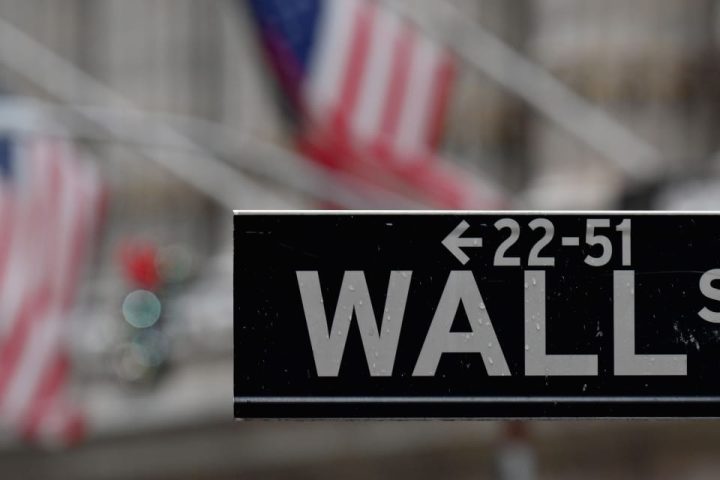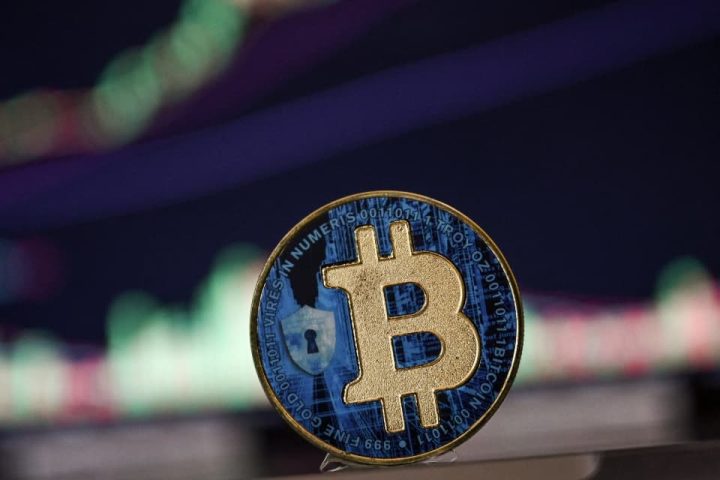The U.S. economy and voter polls have been delivering both good and bad news to Joe Biden, but Republicans have more to worry about than what voters think of the U.S. president.
U.S. inflation has moderated and jobs growth is generally robust. Voters feel better about the economy, but don’t give Biden much credit for it. In 2022, real household incomes fell for the third year in a row. The negative trend in real wages continued until May of this year and reemerged in September. Gasoline and housing are more expensive. The latest year-over-year reading for the Consumer Prices Index is 3.7%.
Bidenomics has three pillars: radically redirecting the economy away from fossil fuels to wind and solar power and electric vehicles; strengthening national security by ensuring enough of the durable goods supporting those environmental industries and semiconductor production are made in America, and redressing income inequality by strengthening unions and participation by minorities in both infrastructure and industrial policy spending.
Yet generating green energy is proving more expensive than anticipated. In Texas, for example, voters are being asked to approve special funding to subsidize the construction of natural gas generating plants to back up the state’s green power when the wind does not blow and peak demand outruns what the sun can provide.
Most of the cost of wind and solar power are upfront. Those don’t require ongoing fuel purchases and employ fewer workers but are capital intensive. Green energy made more economic sense when interest rates were low, but those are likely to stay high and some offshore wind projects are being abandoned. Utility regulators are reluctant to approve the rate increases necessary to cover higher debt service.
Inevitably, we must pay for green energy with higher electricity rates, taxes to pay for subsidies, or as-is current policy — namely the federal government borrowing to partially underwrite green energy and EVs. In 2019, the U.S. budget deficit was less than $1 trillion. For 2023, it likely will reach $1.6 trillion and keep growing. That pushes up interest rates and drives inflation.
Big deficits and too much demand are important reasons the labor markets remain out of balance. The ratio of job seekers to job openings is about 1.5. In the golden decade prior to COVID when inflation was tame, the ratio was much lower.
An analysis by former Federal Reserve Chairman Ben Bernanke, now a distinguished senior fellow at the Hutchins Center at Brookings, and Oliver Blanchard, senior fellow at the Peterson Institute for International Economics, indicates the job seekers to job openings ratio would have dip below 1.0 to get the U.S. back to 2% inflation.
The last time the nation faced such an inflation challenge then-Chairman Paul Volcker moved quickly to raise interest rates. Current Fed Chairman Jerome Powell has reasons to go more slowly. A sizeable amount of commercial real estate and corporate debt are coming up for renewal this year and through 2027. The more the Fed pushes interest rates higher, the greater the likelihood for more regional banks failures and corporate bankruptcies.
But going slowly causes inflation expectations to harden. The Conference Board’s measure of one-year inflation expectations has been stuck at around 5.7% for months. Meanwhile, the New York Fed’s measure is 3.6%. Those average to 4.7%, slightly higher than the current 4.3% pace of core U.S. inflation.
With all of this, Americans don’t expect things to get a lot better. The benefits of Biden’s programs are rifle-shot — those workers putting up new semiconductor plants or in a union are looking forward to bigger paydays. Yet unions represent just 6% of U.S. private-sector workers, and most voters are not riding the infrastructure and industrial policy gravy trains.
The U.S. economy will likely slow towards the end of this year and into 2024 as consumers run out of pandemic-era savings. In addition, tighter credit plus the restarting of student debt payments limit consumers’ capacity to compensate by borrowing, Still, the slowing is more likely to be sub-1% growth than a recession, and stronger growth should resume in time for the 2024 presidential campaign.
“Enough voters in key battleground states that Trump flipped in 2016 appear to be willing to stick with Biden.”
Currently, some polls indicate former President Donald Trump could win mores vote than Biden in 2024. Yet Trump’s advantage is not as great as Democratic presidential candidate Hillary Clinton’s was in 2016 when she won the U.S. popular vote but lost in the Electoral College. Moreover, the Republicans’ obsession with cultural issues and Trump’s ongoing legal problems make him even less appealing than Biden in states like Wisconsin, Michigan and Pennsylvania. Enough voters in these and other battleground states that Trump flipped in 2016 appear now to be willing to stick with Biden.
Peter Morici is an economist and emeritus business professor at the University of Maryland, and a national columnist.
More: 1970s-style stagflation may be at risk of repeating itself, Deutsche Bank warns
Read the full article here







